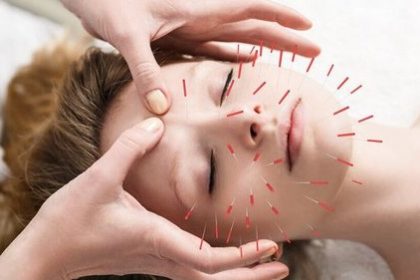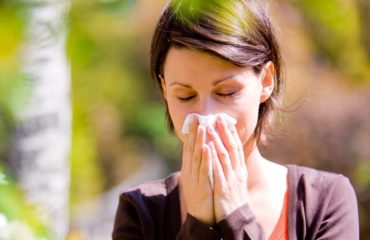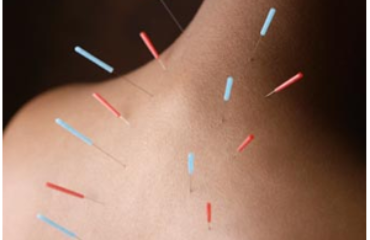

Do you experience muscle tension and discomfort that worsens with every movement? Does your work cause you to have stress-related muscle pain? Are you involved in activities that require repetitive motion and muscle contraction? Then learn how to detect symptoms and prevent Myofascial Pain Syndrome.
With excessive stress, your body can develop inflammation in the soft tissues and muscles. This produces a condition called ‘Myofascial pain syndrome’ (MPS). Myofascial pain is a chronic pain condition that affects the connective tissue which covers the muscles.
The pressure on sensitive areas of the muscles is called ‘trigger points’, causing extreme pain to unrelated body parts. This is also known as referred pain.
What are the Symptoms of Myofascial Pain Syndrome?
-
- Pain that worsens with stress and activity
- Deep and aching muscle pain
- A tender knot in a muscle
- Depression and behavioral disturbances
How are Trigger Points Formed?
- Heavy lifting and overuse injuries
- Poor posture due to a sedentary lifestyle
- Tensed muscles due to mental or emotional breakdown
- Direct injury such as falling, motor vehicle accidents, and sports injuries
- Prolonged bed rest and inactivity
Trigger Point Release Acupuncture
Classic Chinese acupuncture treats a variety of health condition by using fine needles to rearrange nerve transmission. Needles are inserted into classic acupoints to target precise organs and detect the pain origin. This technique is safe and effective.
Acupuncture has been widely used over the centuries. It’s a conventional system to treat myofascial pain in patients by inserting needles into areas of great tenderness, pain spots and trigger zones.
An acupuncture needle is smaller than a regular injection needle. According to the study “Needling therapy for myofascial pain: a recommended technique with multiple rapid needle insertion”, there is immediate and complete pain relief using multiple insertion technique.
It is also cost-effective because it uses low-cost medical supplies. It is a fast and simple way to relieve chronic pain.
Favourable biochemical changes assist to reduce chronic pain problems. Inflammation is caused by trigger points that contain abnormal electrical activity.
Based on research, acupuncture creates a response that helps return the body’s chemical imbalances to its desired normal state.
What to Expect After Acupuncture Treatment
Most patients experience pain relief after the first treatment, while others require several treatments before the pain is reduced. It is expected to feel some soreness for a few days after the therapy.
Patients manifested muscle strength and flexibility with decreased pain after acupuncture therapy. They also reported resuming normal lives.
Acupuncture is most effective if combined with physical therapy and other forms of treatment. It will help break the painful episodes.
Make an appointment with a specialist if you experience muscle pain despite trying massage, rest and other self-care measures.
Here at Body Option Clinic, you will be advised how to return to your daily activities through appropriate self-care programs. Minimize your stress by avoiding overexertion. Always maintain good communication with a positive mindset. Get a good quality of sleep, eat healthily, and sustain your fitness level.
How to get in touch
If you are interested in trying Acupuncture Injection Therapy or are interested in any other aspects of Traditional Chinese Medicine, book an appointment today by phoning 604-260-2713 or visit our location today.
References:
Chou, L.-W., Hsieh, Y.-L., Kuan, T.-S., & Hong, C.-Z. (2014). Needling therapy for myofascial pain: a recommended technique with multiple rapid needle insertion. BioMedicine, 4(2), 13. http://doi.org/10.7603/s40681-014-0013-2
Chaitow, L., Fritz, S. (2006). A massage therapy’s guide to understanding, locating and treating myofascial trigger points. Elsevier.
National Association of Myofascial Trigger Point Therapists



